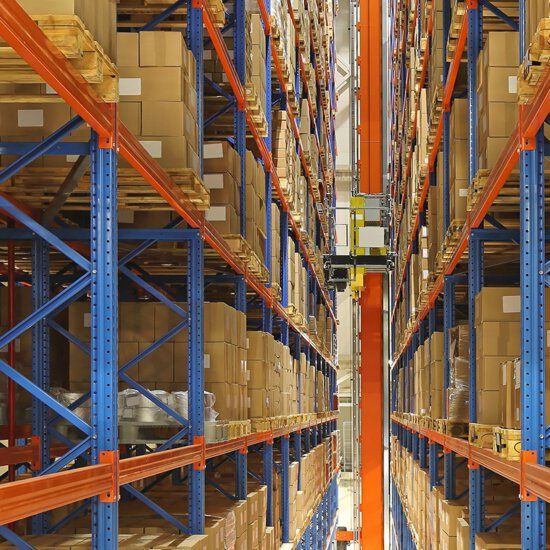Accumulation chains
iwis accumulation chains guarantee problem-free positioning of conveyed goods and prevent jolting almost entirely when the belt starts and stops. The idler rollers on each side serve two purposes: firstly, they engage with the sprocket teeth to transmit power, and secondly, they support the chain in the guide track.
iwis offers a wide, varied range of accumulation chains in different performance classes. Besides classic accumulation chains under the JWIS and ELITE brand names, iwis also supplies accumulation chains with offset low-friction rollers, MEGAlife maintenance-free accumulation chains, side bow accumulation chain versions, accumulation chains with protection for fingers and parts, and our cost-effective b.smart series. Transport rollers are available in hardened steel, stainless steel, nickel-plated or plastic (also antistatic) versions.
Categories that may be of interest to you
Wide range of different versions for accumulation conveyor systems
iwis accumulation chains are renowned for their efficiency, durability and resultant cost-effectiveness. The outer low-friction rollers made from sintered metal enable energy savings of up to 30%. Consequently, the length of your conveyor system can be increased by 30 % without any modification of the drive motors; alternatively, if the system length remains unchanged, smaller drive units may be fitted. There is also less strain on the chain and drive, resulting in a longer service life for the entire conveyor system. Accumulation chains with offset rollers allow goods to be conveyed smoothly and with optimum weight distribution, since every pin takes its share of the load.
Maintenance-free MEGAlife accumulation chains with nickel-plated plates and
pins, low-friction sintered metal rollers and special bearing design are used mainly in the electronics industry, food industry, timber, glass and ceramics processing, medical technology and wherever relubrication is problematic or impossible.
Accumulation chains with finger and small parts protection provide an optimum covering of the space between one accumulation roller and the next, preventing the ingress of small parts that could jam the rollers and/or chain link. In addition, the cover prevents the deliberate or accidental insertion of fingers while the conveyor is operating – an active contribution to accident prevention that takes increasingly strict industrial safety requirements into account.









